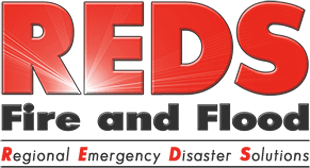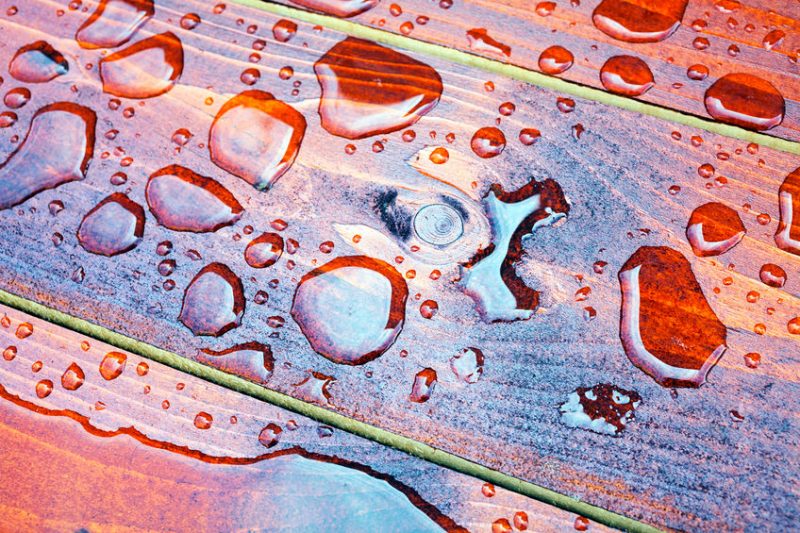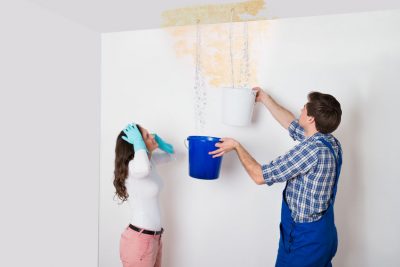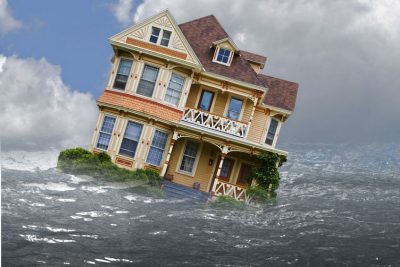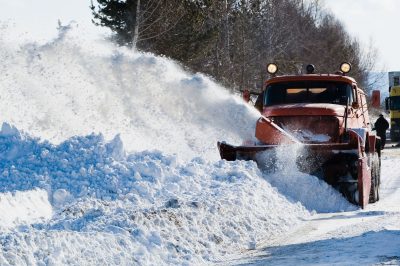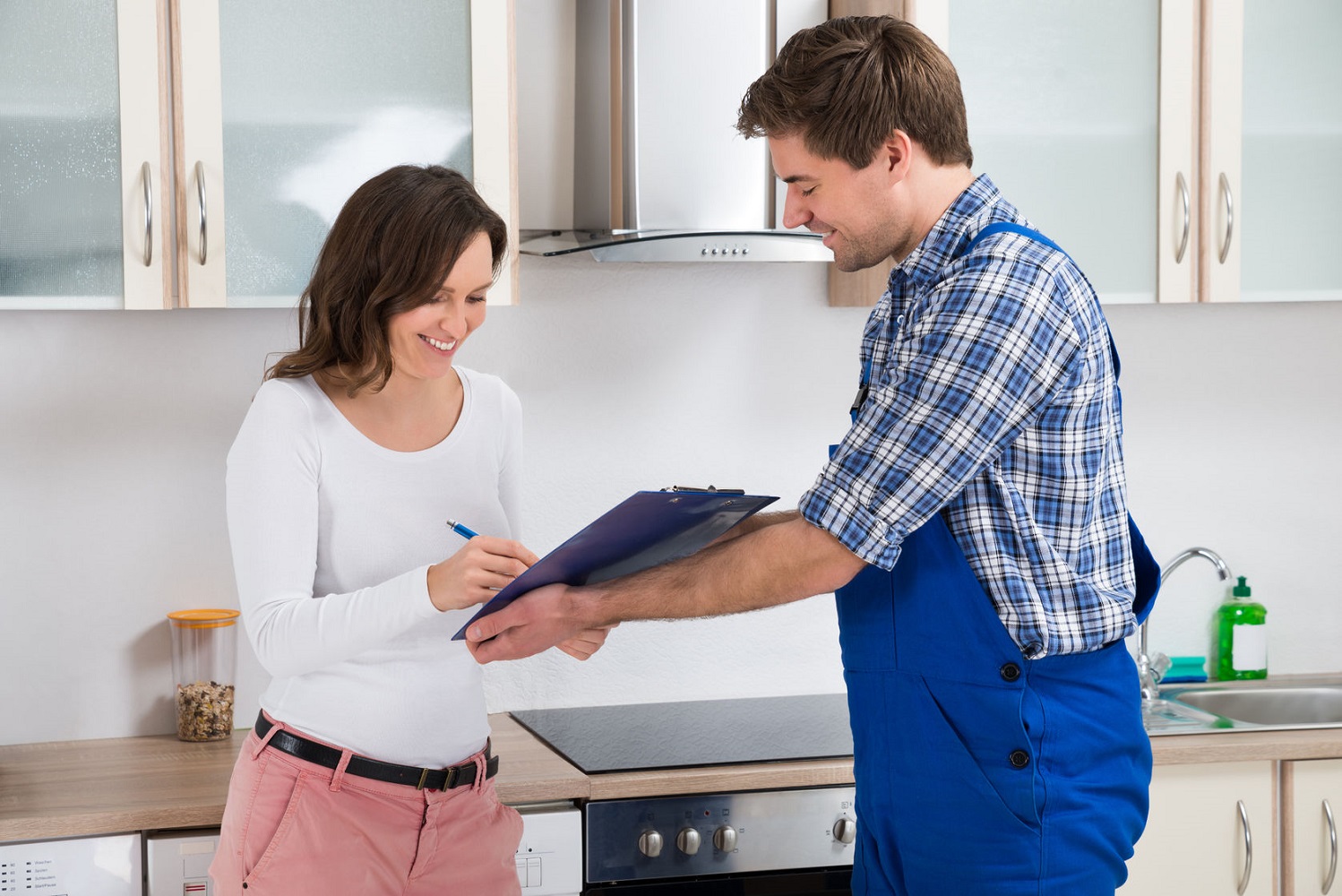Keeping Your Hardwood Floors Safe after a Water Disaster
Many homeowners select hardwood flooring as a go-to design staple throughout the home. Hardwoods give a space that clean, classy look homeowners desire, but this type of flooring require some special attention in certain cases. Water damage in any form has the potential to wreak havoc on your hardwood floors, whether from an exploding dishwasher, an overflowed toilet, or busted pipes. In any of these circumstances, it is essential to know what needs to happen to thoroughly dry out your hardwood floors – the right way.
Here’s what you can do to keep hardwood floors safe from mold and rotting as part of your water damage restoration efforts.
Move Fast!
When water disasters take place, speed is crucial when dealing with hardwood floors. Within the first 24 hours, irreversible damage can happen, leaving you with no choice but to rip up and replace. A proper dry out starts with identifying the source of the excess water, and shutting it off when possible. Then, quickly remove any potential for additional water and moisture build-up by taking away soaked objects, including rugs and furniture. Use clean towels and mops to soak up puddles once the big items are moved elsewhere to dry so that your hardwood floors are safe from additional damage.
Use the Right Tools
Once you have stopped the water flow and soaked up as much as you can by hand, move to more professional tools. Never use a regular household vacuum to attempt a water damage cleanup and dry out, as it simply won’t do the trick. Instead, utilize a wet vacuum to soak up moisture throughout the impacted area.
Even once all the visible water is removed, you will want to keep the wet vac going, so it has the opportunity to soak up moisture that lies beneath the surface.
Additionally, using fans and dehumidifiers is often necessary to dry out the hardwood floor thoroughly after the wet vac has done its job.
Check for Mold and Rotting
One of the biggest concerns with water damage and hardwood flooring is the potential for mold and rotting of the wood – a problem that can’t always be seen immediately. When the hardwood is dry, take the time to check for mold and mildew. It’s easy to tell when this has become an issue because it smells musty in the water damaged area. If you’re not sure if mold has developed, use a moisture meter to spot check if and to what extent moisture still exists in the hardwood. It is always smart to use this tool in multiple locations on the floor to ensure you aren’t missing a potentially harmful and costly mold issue behind the scenes.
Call in the Experts
If you have experienced water damage to any extent, your best bet may be to get in touch with a water damage Reno expert right away. Our team can quickly assess the damage and come up with a quick plan for drying out the hardwoods affected by the disaster or accident. Mold removal also requires an expert, so it is crucial to call in the right team if you suspect excess moisture is causing longer-term issues.
No matter how big or small the problem, be sure to act quickly when water damage takes place on or around your hardwoods to avoid expensive repairs and replacement in your home.
